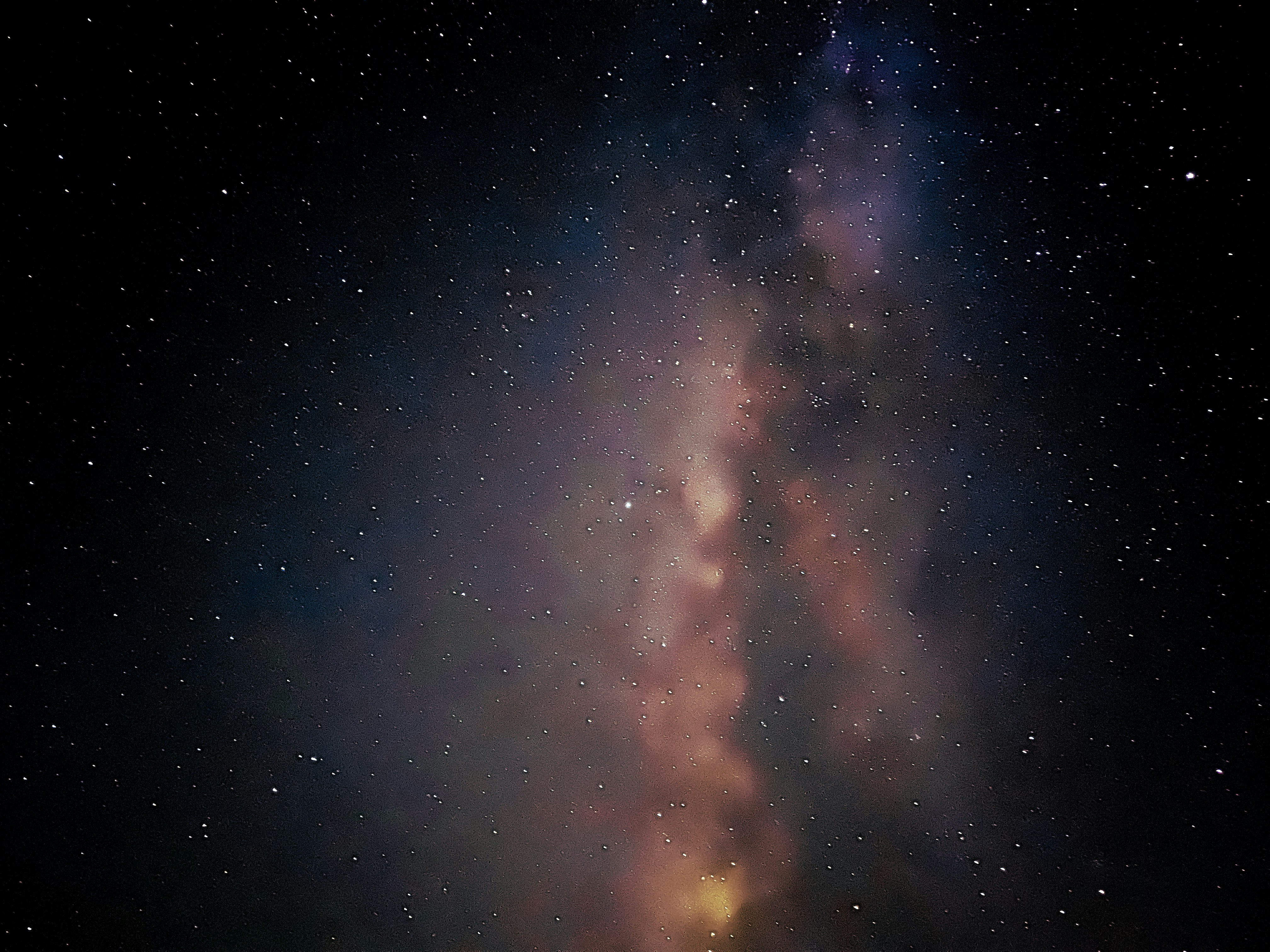
The James Webb Space Telescope (JWST) has once again pushed the boundaries of cosmic discovery, this time turning its powerful infrared eyes toward Sagittarius B2 (Sgr B2) — the most massive and active star-forming region in our Milky Way. Nestled just a few hundred light-years from the supermassive black hole at the heart of our galaxy, Sgr B2 has become a fascinating puzzle for astronomers.
A Star Factory Unlike Any Other.
What makes Sgr B2 extraordinary is its efficiency. While this molecular cloud holds only about 10% of the gas found in the galactic center, it astonishingly produces half of its stars. Astronomers are eager to uncover why this single region is so much more fertile than the rest of the galactic core.
Peering Through the Dust With Webb.
Even with Webb’s cutting-edge infrared instruments, designed to pierce through cosmic dust, some parts of Sgr B2 remain too dense to see through. These thick clouds act as stellar wombs — cocoons where baby stars form, hidden from view until they are ready to shine.

To study this stellar nursery, Webb captured two complementary images of the region:
- Mid-Infrared View (bottom half): Webb’s Mid-Infrared Instrument (MIRI) reveals glowing clouds of cosmic dust, heated by massive, newborn stars. In this image, the dust and gas take center stage, glowing in dramatic shades of red and magenta, while the stars themselves fade from view.
- Near-Infrared View (top half): In contrast, Webb’s Near-Infrared Camera (NIRCam) uncovers countless colorful stars scattered across the field. These are the young and emerging stars astronomers aim to study, analyzing their masses, ages, and life cycles to understand the mechanics of star formation in such an extreme environment.
Unlocking the Secrets of Star Formation.
By combining these infrared views, scientists hope to piece together the story of how stars are born in such dense environments, and why Sgr B2 is such an overachiever compared to its galactic neighborhood. This knowledge not only deepens our understanding of the Milky Way but also offers clues about star formation in galaxies across the universe.






